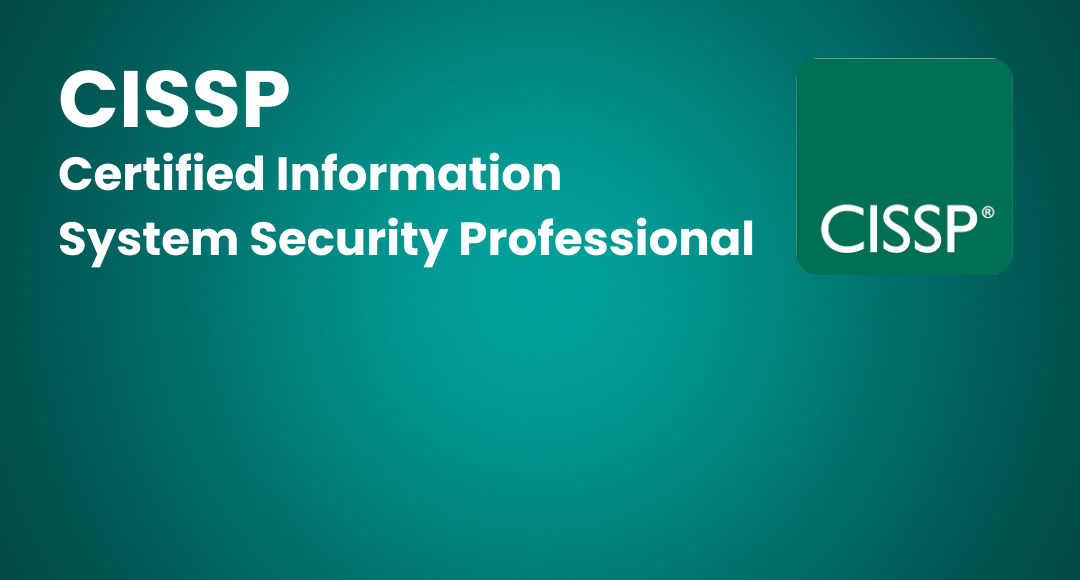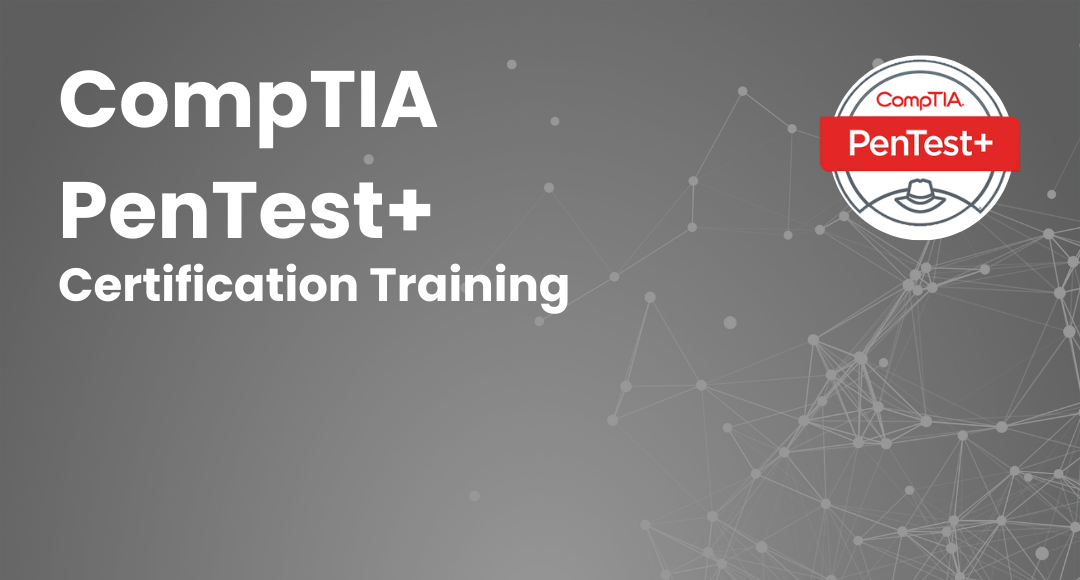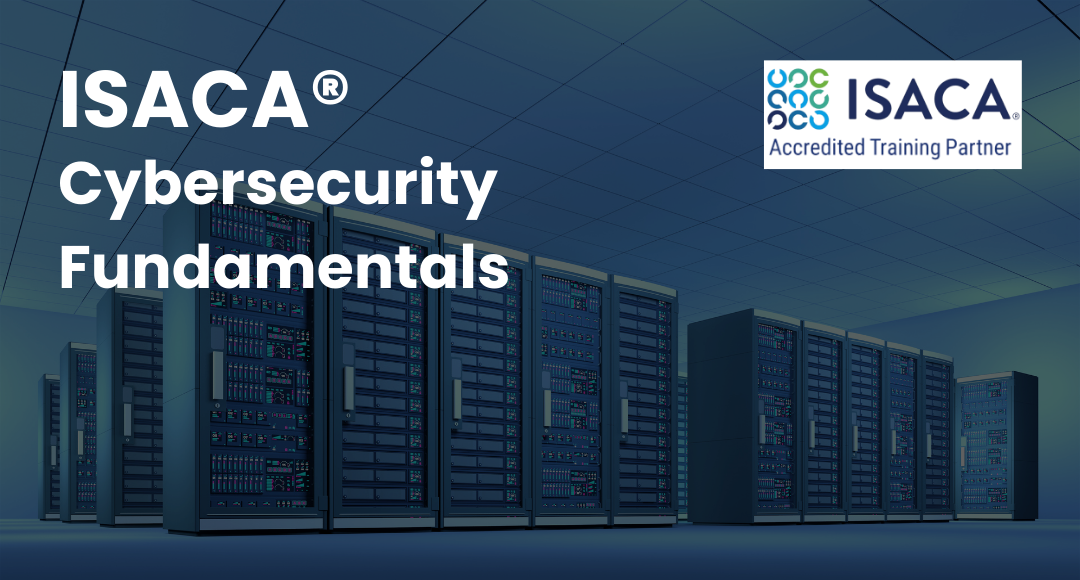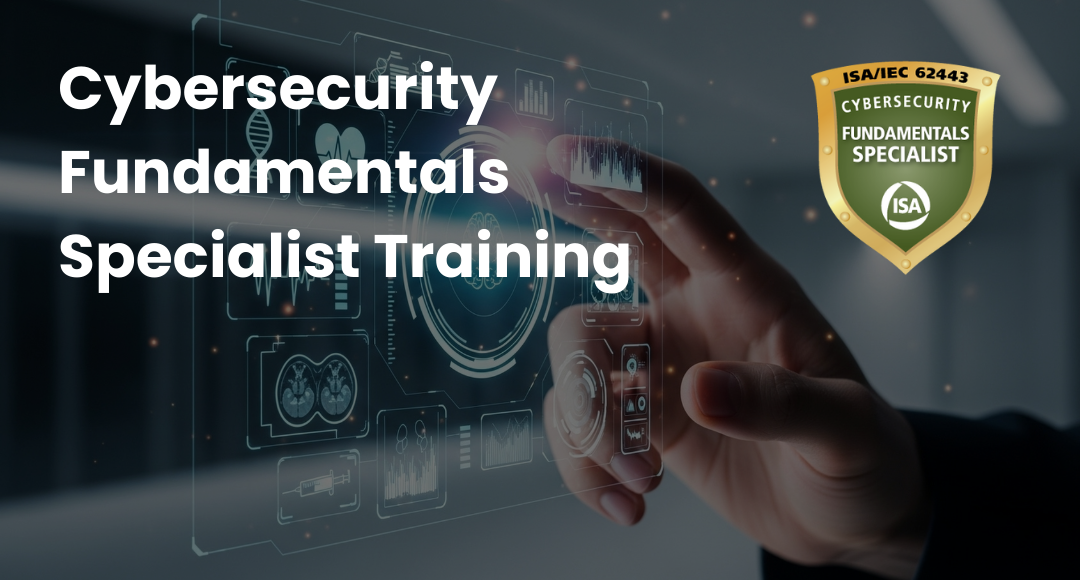Risk-Based Internal Auditing Approaches: 7 Steps to Explore
-
 By Nchumbeni Yanthan
By Nchumbeni Yanthan - Published on Dec 20 2023

Table of Contents
- Introduction to Risk-Based Internal Auditing Approaches
- What is a Risk-Based Approach?
- Objectives of the Risk-Based Auditing Approach
- Types of Auditing Approaches
- Fundamentals of Risk-Based Auditing and its Approaches
- Benefits of a Risk-Based Approach in Internal Auditing
- Steps to Implement Risk-Based Approaches in Auditing
- Advancing Internal Audit Skills with Sprintzeal
- Enhancing Audit Effectiveness through Risk Focus
- FAQs
Introduction to Risk-Based Internal Auditing Approaches
In the dynamic landscape of business, effective risk assessment in audit planning is paramount to an organization's success. A powerful tool gaining prominence in this endeavor is the Risk-Based Internal Auditing (RBIA) approach. This blog serves as your resource for learning about the subtleties of RBIA, revealing its fundamental ideas, goals, and working methods.
While moving the challenges of risk-based auditing, we will discuss about the approach's great importance and observe the many advantages it brings to the forefront of the auditing process.
Discover how this approach can fortify your organization against uncertainties and elevate the effectiveness of your internal audit strategies.
What is a Risk-Based Approach?
A risk-based internal auditing approach is a dynamic strategy that proactively identifies, assesses, and mitigates potential risks, tailoring the audit process to different organizational areas. Unlike conventional auditing practices that adhere to a uniform scrutiny, RBIA tailors the audit process, taking into account the distinct risk levels associated with each organizational area.

This strategic approach requires a deep understanding of an organization's intricate risk landscape, enabling auditors to allocate resources with precision. By adopting a risk-based approach in auditing, organizations not only navigate uncertainties proactively but also elevate their decision-making prowess and reinforce internal controls.
This method, fostering a resilient organizational culture, proves indispensable for ensuring enduring success in the continually evolving business environment. For example, a financial audit strategy may differ from an operational audit, ensuring precision in risk assessment and response.
Objectives of the Risk-Based Auditing Approach
The objective of risk-based internal auditing approaches lies in aligning audit goals with an organization's risks, emphasizing the pinpointing of vulnerabilities, ensuring regulatory compliance, and safeguarding against potential financial and reputational risks.
This tailored strategy strengthens internal controls, promotes proactive risk management, and upholds the organization's long-term success in a dynamic business environment.
By focusing on these objectives, RBIA empowers organizations to fortify their internal controls and risk management practices, promoting a resilient operational environment.
Types of Auditing Approaches
Risk-based internal auditing approaches have evolved over time, transitioning from traditional methods to more dynamic and adaptive strategies encapsulated by the Risk-Based Approach. Traditional methods often involved a systematic examination of financial records, while modern approaches incorporate risk assessment, control evaluation, and a forward-looking perspective.

Understanding these shifts is crucial for appreciating the effectiveness and relevance of RBIA in contemporary audit practices, providing auditors with a more comprehensive toolkit for their evaluations.
Risk-Based Internal Audits typically encompass various approaches to address and manage risks effectively. Here are five common approaches:
Top-Down Approach:
In this type of risk-based internal auditing approach, the internal audit team collaborates with top management to understand the organization's overall objectives and significant risks. The audit focus starts from high-level strategic goals, ensuring alignment with the organization's mission and vision.
Bottom-Up Approach:
Contrasting the top-down method, the bottom-up risk-based internal auditing approach begins with individual business units or departments. Internal auditors start by assessing risks at the operational level and then aggregate findings to understand the broader organizational risk profile.
Risk Control Self-Assessment (RCSA):
RCSA involves engaging key stakeholders and employees to self-assess risks within their areas of responsibility. This risk-based internal auditing approaches fosters a shared understanding of risks at various levels, promoting a culture of risk awareness throughout the organization.
Continuous Auditing:
Continuous auditing involves real-time or near-real-time monitoring of key risk indicators. This risk-based internal auditing approaches utilize technology and automated tools to regularly assess and report on risk factors, enabling swift responses to emerging risks.
Traditional Approach:
The traditional risk-based internal auditing approach involves conducting audits based on predefined criteria, often focusing on historical financial data and established processes. While comprehensive, this method may not be as adaptable to dynamic risk landscapes as more modern approaches.
Probabilistic Approach:
The probabilistic approach assesses risks by considering the likelihood of occurrence and potential impact. It involves using statistical models and probability assessments to quantify and prioritize risks, providing a quantitative basis for decision-making.
Risk Analysis Approach:
The risk-based internal auditing approaches involve a comprehensive analysis of various risk factors, including identification, assessment, and prioritization. This method utilizes qualitative and quantitative tools to understand the nature and potential consequences of risks, facilitating informed decision-making.
Risk Appetite Approach:
The risk-based internal auditing approaches encompass aligning internal audits with the organization's predetermined risk tolerance levels. It involves how much risk an organization is okay with to reach its goals. This ensures audits align with the organization's risk tolerance and strategic objectives.
Event-Driven Audits:
In risk-based internal auditing approaches, internal audits are triggered by specific events, such as significant changes in the business environment, the introduction of new regulations, or major organizational changes. This ensures that audits are responsive to emerging risks and challenges.
These approaches enhance the adaptability and effectiveness of Risk-Based Internal Audits, enabling organizations to tailor strategies to their unique risks and objectives.
Fundamentals of Risk-Based Auditing and its Approaches
Risk-Based Auditing operates on a set of fundamental principles. It involves a structured process of risk identification, assessment, and response.
By integrating risk management into the auditing framework, organizations can move beyond mere compliance to actively enhance their decision-making processes and overall resilience.
It clarifies the key components of risk-based internal auditing approach, offering a solid foundation for its application and emphasizing its role in promoting a proactive organizational culture. Understanding the fundamentals of risk-based auditing is integral to grasping its significance.
Benefits of a Risk-Based Approach in Internal Auditing
The adoption of risk-based internal auditing approaches brings forth a multitude of benefits for organizations. It includes;
- Focused Resource Allocation: Efficient use of resources in areas with higher risks.
- Proactive Risk Management: Early identification and mitigation of potential risks.
- Enhanced Decision-Making: Informed decision-making based on a thorough understanding of risks.
- Improved Stakeholder Confidence: Stakeholders gain confidence in robust risk management practices.
- Strategic Alignment: Alignment of audit activities with organizational objectives.
- Resilience to Uncertainty: Improved organizational resilience in dynamic business environments.
- Compliance Assurance: Ensures compliance with regulations and industry standards.
- Continuous Improvement: Promotes a culture of continuous improvement within the organization.
- Holistic Risk Awareness: Comprehensive awareness of risks at all organizational levels.
- Optimized Audit Effectiveness: Better targeting of audit efforts for maximum impact.
- Adaptability to Change: Flexibility to adapt to changes in the business landscape.
Steps to Implement Risk-Based Approaches in Auditing
Implementing a Risk-Based Approach requires a systematic and phased approach. By following these steps, organizations can seamlessly integrate risk-based internal auditing approaches into their internal audit processes, fostering a culture of risk awareness and proactive management essential for effective risk mitigation.
Step 1: Establish Risk Criteria
Define criteria for identifying and assessing risks.
Step 2: Identify Key Risks
Prioritize and identify risks relevant to organizational objectives.
Step 3: Allocate Resources
Allocate audit resources based on identified risks.
Step 4: Develop Risk-Based Audit Plan
Formulate a detailed risk-based audit planning aligned with risk priorities.
Step 5: Execute and Monitor
Execute audits per the plan and continuously monitor the risk landscape.
Step 6: Report and Adapt
Report findings, adapt strategies based on feedback, and continuously improve.
Advancing Internal Audit Skills with Sprintzeal
Continuous professional development is integral to mastering RBIA. Here are five steps to advancing internal audit skills:
Continuous Learning:
Engage in ongoing education and professional development to stay abreast of industry trends and best practices.
Specialized Certification:
Pursue relevant certifications, such as the CISA, to elevate internal audit skills. You can enhance expertise and credibility in information systems auditing with Sprintzeal's Certified Information Systems Auditor (CISA), aligning with industry standards.
Networking:
Build a strong professional network by participating in industry events, joining professional associations, and connecting with peers and mentors.
Practical Application:
Apply theoretical knowledge through practical experiences, taking on diverse audit assignments to develop a well-rounded skill set.
Technology Integration:
Embrace and leverage technological advancements in audit tools and methodologies, staying proficient in cybersecurity and related areas.
Enhancing Audit Effectiveness through Risk Focus
As organizations navigate an increasingly complex business environment, mastering risk-based internal auditing approaches becomes imperative.
As organizations navigate an increasingly complex business environment, mastering Risk-Based Internal Auditing becomes imperative. This article has served as a comprehensive guide, empowering auditors to not only understand but effectively implement RBIA.
By doing so, organizations can fortify their internal controls, manage risks proactively, and contribute to their overall success and resilience in the face of an ever-changing landscape.
Additionally, Sprintzeal's cybersecurity courses equip auditors with the knowledge and skills to identify, assess, and mitigate cyber threats. These courses ensure a holistic approach to risk management in the digital age, enhancing the effectiveness of audits in an increasingly digitized business landscape.
You can also stay ahead of the rapidly evolving world of cybersecurity! Subscribe to Sprintzeal's newsletters and ebooks and gain a competitive edge through the latest industry trends, best practices, and in-depth knowledge.
FAQs
What are the five types of risk audit approaches?
There are five primary types of risk-based internal auditing approaches: Financial Audit, Operational Audit, Compliance Audit, Information Systems Audit, and Investigative Audit. Each focuses on specific aspects of an organization's operations, allowing for a comprehensive risk assessment and providing auditors with a nuanced understanding of diverse risk categories.
What is a risk-based approach audit procedure?
A risk-based approach audit procedure involves tailoring the audit process to the unique risks faced by an organization.
It includes risk assessment, identification of key risk areas, and the development of audit procedures specifically designed to address these risks. This ensures a targeted and effective audit process that addresses the organization's specific risk landscape.
What are the four steps of the risk-based audit approach?
The risk-based internal auditing approaches involve four key steps: Risk Identification, Risk Assessment, Risk Response, and Continuous Monitoring.
These steps ensure a systematic and ongoing process of addressing risks throughout the audit cycle, providing a structured framework for auditors to follow and ensuring a comprehensive approach to risk management.
What is the risk assessment approach in internal audit?
The risk assessment approach in internal audit involves evaluating the likelihood and impact of potential risks on organizational objectives. This process guides auditors in prioritizing their focus on areas with higher risk, enhancing the effectiveness of the audit process.
By understanding the organization's risk landscape, auditors can tailor their approach to address the most critical risks faced by the organization, contributing to a more robust risk management framework.
Subscribe to our Newsletters
Popular Programs
CISSP® - Certified Information System Security Professional
Live Virtual Training
- 4.8 (964 + Ratings)
- 68k + Learners
CISM® - Certified Information Security Manager
Live Virtual Training
- 4.6 (200 + Ratings)
- 13k + Learners
CCSP® - Certified Cloud Security Professional
Live Virtual Training
- 4 (964 + Ratings)
- 65k + Learners
Trending Posts
List of Top Information Security Certifications in 2026
Last updated on Jul 28 2023
Cybersecurity Controls Explained in Detail
Last updated on Feb 26 2025
Cloud Malware: Types of Attacks and Security Measure
Last updated on Aug 7 2023
Guess What Google Did When a Employee Breached Their Firmware
Last updated on Dec 24 2024
Understanding Risk assessment in audit planning
Last updated on Dec 4 2023
Cysa+ certification – Should you get it?
Last updated on Nov 21 2023
Categories
- Other 69
- Agile Management 47
- Cloud Computing 56
- Project Management 173
- Big Data 66
- Business Management 88
- Digital Marketing 78
- IT Service Management 29
- Programming Language 58
- AI and Machine Learning 77
- IT Security 112
- Quality Management 78
- IT Hardware and Networking 26
- Microsoft Program 4
- Workplace Skill Building 13
- Risk Management 9
- Information Security 8
- Leadership and Management 9
- Corporate Training and Development 1
Trending Now
Top 5 Compelling Reasons To Get A Cyber Security Certification
ebookHow to Become IT Security Expert with CISSP Certification
ebookTop 20 Reasons You Should Get a CISSP Certification
ebookWhat is CISSP? – Everything about CISSP Certification Explained
ebookPass CISSP Exam - How to Clear CISSP Exam in First Attempt 2026 (UPDATED)
ebookCISSP Certification – Top 25 Career Benefits in 2026
ebookCybersecurity – Everything You Need to Know About it
ebookUpdated Google Certification Training Course list 2026
ArticleWhich Certification is best for Cybersecurity?
ebookWhich Cybersecurity Certification Should I Get First?
ebookCysa+ certification – Should you get it?
ebookList of Top Security Certifications
ArticleEasiest Security Certification to Get
ebookCISM certification cost and career benefits
ebookCybersecurity Fundamentals Explained
ebookISACA Certifications List 2026
ebookCareer Benefits of CISM Certification in 2026
ArticleList of Top Information Security Certifications in 2026
ebookCISM certification cost details
ArticleMitigate the Cyber-Attack Risks with Best Cyber Security Protocols
ebookCybersecurity Interview Questions and Answers 2026
ebookTop Cybersecurity Software Tools In 2026
ebookInformation Security Analyst - Career, Job Role, and Top Certifications
ebookCyber Security Analyst - How to Become, Job Demand and Top Certifications
ebookWhat is Data Security - Types, Strategy, Compliance and Regulations
ebookData loss Prevention in Cyber Security Explained
ebookCybersecurity Controls Explained in Detail
ebookCybersecurity Framework - A Complete Guide
ebookWhat is Cryptography - A Comprehensive Guide
ebookData Leak - What is it, Prevention and Solutions
ebookCybersecurity Career Paths Guide
ebookFuture of Cybersecurity - Trends and Scope
ebookCyber Security Careers and Outlook - 2026 Guide
ebook5 Cybersecurity Predictions in 2026 - Trends and Challenges
ebookScope for Cybersecurity in 2026 - Latest Update
ebookEthical Hacking Career: A Career Guide for Ethical Hacker
ebookApplication Security: All You Need To Know
ebookCybersecurity Roles - Top Roles and Skills to Consider in 2026
ebookHow to Get Cyber Essentials Certified
ebookTop 10 Cyber Security Threats and How to Prevent Them
ebookTop 10 Network Scanning Tools of 2026
ebookCyber Incident Response Plan: A Comprehensive Guide
ebookInformation Assurance Careers - Exploring Career Paths
ebookWhat is the Department of Defense (DoD) Directive 8140
ebookCybersecurity Mesh Architecture: What It Is and How to Build It
ebookWhat is Threat Modeling? Methodologies, Types, and Steps
ebookWhat is Digital Forensics? Types, Process & Challenges
ebookInformation Assurance Model in Cybersecurity
ebookHow to Become an Information Security Analyst Salary, Skills, and More
ArticleList of Top Department of Defense (DoD) Approved 8570 Certification Courses
ebookTop 5 Ransomware Attacks to Watch Out for in 2026
ebookJob Prospects for DoD Certified Professionals: A Pathway to Success in cybersecurity
ebook10 Biggest Data Breaches of the 21st Century
ebookWhat is a Cybersecurity Incident?-Types, Impact, Response Process and More
ebookCyber Security Planning - A Detailed Guide for Risk Mitigation
ebookWhat is Cybercrime? Exploring Types, Examples, and Prevention
ebookRecent Cyber Attacks & Data Breaches in 2026
ebookCybersecurity Strategy: Building a Strong Defense for Business
ebookCybercrime Impacts On Business: 6 Major Effects
ebook5 Types of Cyber Attacks You Should Be Aware of in 2026
ebookCloud Cyber Attacks: Causes, Types, Prevention and Protection
ebookCloud Malware: Types of Attacks and Security Measure
ebookCyber Attack Statistics and Trends to Know in 2026
ebookList Of Top Cybersecurity Threats In 2026
ebookSafeguarding Digital Domain: 10 Most Common Cybercrimes
ebookDemystifying Cloud-Based Cyber Attacks: A Comprehensive Guide
ebookPrevent Cyber Attacks: Strategies to Protect Your Digital Assets
ebookList of Top 10 Cybersecurity Careers in 2026
ebookTop 20 Cybersecurity Trends to Watch Out for in 2026
ArticleHow to Become Cybersecurity Engineer
ArticleUnderstanding Risk assessment in audit planning
ArticleFundamentals of Risk-Based Auditing: A Strategic Framework
ArticleRisk-based Audit Planning Guide for Beginners
ebookTop 8 Types of Cybersecurity Jobs and Salary Insights
ArticleA Comprehensive Guide to Building Risk-Based Internal Audit Plan
ArticleCompTIA Security+ 601 vs. 701: Understanding Key Differences
ArticleWhy and How to Perform a Risk-Based Internal Audit
ArticleRisk-Based Auditing Techniques Explained
ebookEvolving Cyber Threats and Vulnerabilities in Cybersecurity Risk Management
ArticleWhat Is Secure Access Service Edge (SASE)?
ArticleHow to Stay Cyber-Secure in Work and Personal Life (Tips and Practices)
ArticleIBM Data Breach: Is IBM Really Breach-Proof?
ArticleTarget Cyber Attack: Key Lessons from the 2013 Data Breach
ArticleLinkedIn User Data Protection Explained
ArticleCanva Data Breach: Best Lessons for Users and Businesses
ArticleHow Did Capital One Respond to Their Major Cyber Incident?
ArticleWhat Innovative Measures Did Reddit Take to Protect User Data?
ArticleHow Does Slack Respond to Security Challenges?
ArticleTwitch Data Breach: Response, Changes, and Key Takeaways
ArticleGuess What Google Did When a Employee Breached Their Firmware
ArticleEthical Hacking Tools: Best Ones for Cybersecurity in 2026
ArticleWhat Happened When Cisco Faced a Cyber Incident?
ArticleWhat Sony Did to Rebuild Trust After a Major Cyberattack
ArticleHow to Handle a Data Breach? Learn from Microsoft!
ArticleCybersecurity Mesh: A New Approach for Security Design
ArticleHow Target Turned a Cyber Crisis into a Lesson for All
ArticleDropbox Data Breach: What Companies Can Learn from It
ArticleHow JPMorgan Chase Strengthened Security After Facing Cyber Threats
ArticleThe Future of Online Security: Trends to Watch in 2026
ArticleLatest Trends in CyberSecurity
ArticleTop 12 Cyber Security Apprenticeships with High Earning Potential in 2026
ArticleEnhancing Safety and Competence in Today's Workplace
ArticlePrivacy at Your Fingertips: How iPhone Users Can Use Tools Securely
ArticleAge Matters: Understanding the Generational Gap in Online Safety Education
ArticleCybersecurity 101: Why Cybersecurity is the Hottest Career Right Now
ArticleWhy Cybersecurity Training Should Be Part of Every Professional's Career Plan
ArticleHow to Protect Your Data When Traveling to Countries Like Malaysia?
ArticleTop Online Master's in Cybersecurity Programs for Working Professionals
ArticleHow AI Detectors Strengthen Cybersecurity in Modern Networks
ArticleHow to Become a Cybersecurity Engineer: Step-by-Step Career Guide
ArticleWhy Certification in Risk and Compliance Is Critical in Today’s Financial World
Article

















